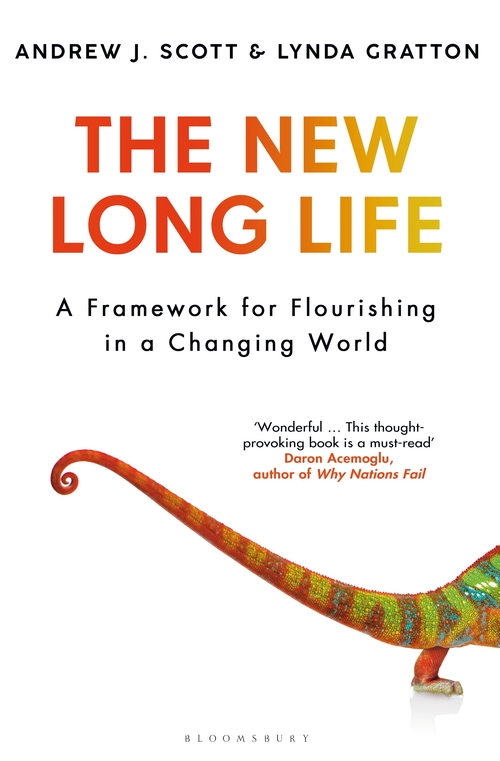By Mark Seed, MyOwnAdvisor
Special to the Financial Independence Hub
Long-time readers of this blog will know I remain many years away from full-on retirement – so I have tons of time to consider when to take our Canada Pension Plan (CPP) benefit and our Old Age Security (OAS) benefit.
For those who might be closer to retirement age and/or you want to know when to take CPP or OAS, make sure you read these posts below!
These are the best options when to take CPP.
Should you defer CPP to age 65 or even age 70? Here’s when to consider that.
One factor rarely covered on many blogs or financial forums is the subject of survivorship benefits for either program. It can be a major factor when determining when to take CPP or OAS for some.
What are the pros and cons of taking CPP or OAS early or late, when you factor in survivorship benefits?

Like other financial subjects, I have my own ideas based on our financial plan but I wanted to talk to an expert. I reached out again to Doug Runchey, a pension specialist who has more than 30 years of experience working with both CPP and OAS programs.
In our latest discussion, we tackle the survivorship subject and what general rules of thumb apply.
Doug, welcome back. Good to chat again and I hope you’ve been well …
Thanks for having me back again Mark.
I always appreciate the outreach for a take on this important subject. I agree, this isn’t talked about enough: how survivorship factors into government benefits decision-making.
For those folks not familiar with the benefits of CPP, can you remind them about the factors they should consider – when to take CPP?
The most important thing is to know exactly what your real choices are, because the numbers on your SOC or online at the MSCA website are not always very accurate. Once you have accurate numbers, you should consider factors like life expectancy, taxation, impact on other benefits (e.g., GIS), estimated expenses and other income streams.
When to take your CPP should be integrated with your overall financial retirement plan.
As we discussed in a previous post, there are some reasons to take CPP or OAS as early as possible:
- you need (and want) the money to live on now (probably the biggest reason)!
- you have good reason to believe that you have a shorter-than-average life expectancy; take the money now and spend as you please.
- you already have a good reliable defined benefit pension with full indexing and the CPP and OAS are “gravy”;
- you want to delay taking your portfolio withdrawals since you may wish to maximize the amount of money in your estate; and/or
- you are a “bird in hand” investor so you take Canada Pension Plan money now while you can.
Great reminders. So, what about the survivorship benefits of CPP? How are these calculated? Should that play into the decision, when to take CPP?
They should Mark.
CPP survivor’s pensions are based on two different formulas, depending on the age of the surviving spouse.
For now, let’s just consider the formula for survivors over age 65 and that is 60% of the deceased contributor’s “calculated CPP retirement pension.”. By “calculated,” I mean prior to applying the age-adjustment factor if they started receiving their retirement pension before/after age 65. This 60% is reduced however, if the surviving spouse is also in receipt of their own CPP retirement pension, under what are known as the “combined benefit” calculation rules.
These combined benefit calculation rules should definitely be a factor in deciding when to take your CPP if the survivor’s pension is in play prior to making that decision, but probably not otherwise.
Shall we look at an example, from a couple that prefers the “bird in hand” income?
To demonstrate these combined benefit calculation rules, let’s use an example where the husband’s calculated CPP was $1,000 and the wife’s calculated CPP was $700.
If they both took their CPP early at age 60, they would each receive 64% of their calculated CPP, which would be $640 for the husband and $448 for the wife.
If the husband passed away at age 70, the wife would normally be eligible for 60% of his calculated CPP, which is $600. Under the combined benefit rules though, that amount is reduced by 40% to $360.
As a result, the survivor’s retirement pension is increased by a “special adjustment” in the amount of $86.40 (36% of the $240 reduction to the survivor’s pension). The net combined benefit that the wife would receive is then $894.40 (her original retirement pension of $448, the reduced survivor’s pension of $360 and the “special adjustment” increase to her retirement pension of $86.40). Continue Reading…









